Office Environments and the Always-On Economy
by Valerie Glander
Between 2005 and 2015, the number of U.S. workers who do at least 50% of their work from home grew 115% to nearly 4 million workers. Industry experts predict that this trend will continue, reaching nearly a third of workers working remotely in the next 10 years. What do these shifts in the workforce mean for office environments? How can employers play a proactive role in planning for these changes?
Moment of truth here-- I’m writing this from my sofa with my laptop on my lap. While I don’t quite meet the criteria of ‘at least 50%’ work from home, I’m part of the growing group who splits time in the office and at home. It’s not hard to see why – as email and 24/7 accessibility become the norm, it’s no longer necessary to stay at a desk in front of the landline to be reachable and productive. Now considered an ‘always on’ economy, expectations of response times and flexible schedules dominate the workforce.
The flip side of this expectation is that office spaces are actually increasingly important communication tools, even if for less hours in the day. According to Kendall Collins, global head of technology products at WeWork, “Corporate real estate isn’t just about nicer furniture. If done well, corporate real estate can be a communications tool that drives engagement, collaboration and productivity throughout your employee community.”
One of the biggest trends we see in office design choices is the shift toward more residential details. You’ll likely hear a groan and see an eyeroll or two when I say this, but the industry term for this shift is called – Resimercial.
Resimercial design typically incorporates the following basic principles:
Materials that are both durable and comfortable.
Open spaces that encourage movement and collaboration.
Attention to detail and style formerly expected only in residential spaces – for instance, backsplash tile, multiple layers of lighting controls, etc.
Collaborative spaces with softer furniture and entertainment options
In summary, it’s about small details that make a big impact. In an always-on world, offices are evolving to provide solutions for employees with roles that vary throughout the day. Among the most important of these roles is collaboration and engagement. From the mid-afternoon staff meeting to paperwork that has to be completed in peace and quiet, office designers consider much more than how many workstations we can fit in the space. The future of office space still lies in meeting the needs of the people who activate it.


